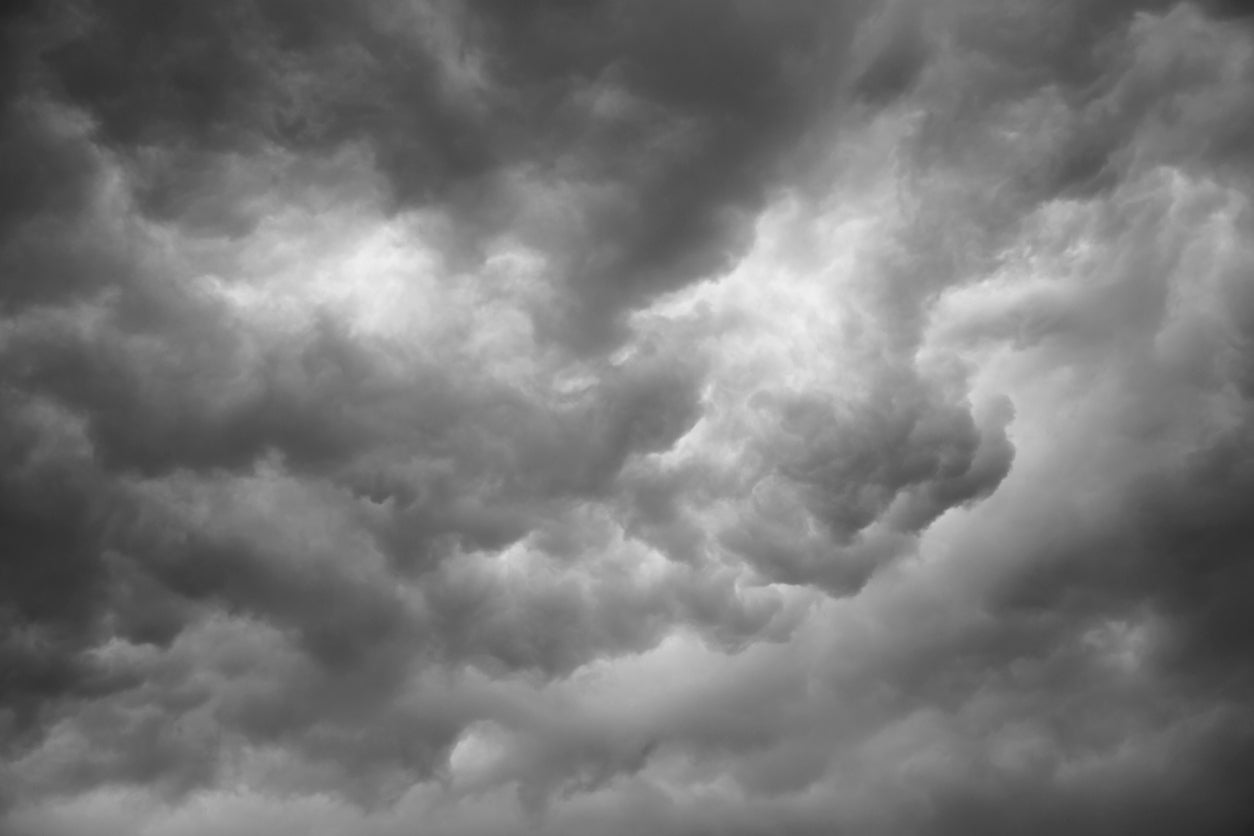Clouds And Photosynthesis – Do Plants Grow On Cloudy Days


If shade from clouds is making you feel blue, you can always opt to walk on the sunny side of the street. The plants in your garden do not have this option. While you may need sun to lift your spirits, plants need it to grow and thrive since their process of photosynthesis depends on it. That’s the process by which plants create the energy they require to grow.
Do clouds affect photosynthesis though? Do plants grow on cloudy days as well as sunny ones? Read on to learn about cloudy days and plants, including how cloudy days affect plants.
Clouds and Photosynthesis
Plants feed themselves by a chemical process called photosynthesis. They mix carbon dioxide, water, and sunlight and, from the blend, construct the food they need to thrive. The byproduct of photosynthesis is the oxygen plants release that humans and animals require to breathe.
Since sunlight is one of the three elements necessary for photosynthesis, you may wonder about clouds and photosynthesis. Do clouds affect photosynthesis? The simple answer is yes.
Do Plants Grow on Cloudy Days?
It is interesting to consider how cloudy days affect plants. To accomplish the photosynthesis that enables the plant to convert water and carbon dioxide into sugars, a plant requires a certain intensity of sunlight. So, how do clouds affect photosynthesis?
Since clouds block sunlight, they do affect the process in both plants growing on the land and aquatic plants. Photosynthesis is also limited when daylight hours are fewer in winter. The photosynthesis of aquatic plants can also be limited by substances in the water. Suspended particles of clay, silt, or free-floating algae can make it hard for plants to make the sugar they need to grow.
Photosynthesis is a tricky business. A plant needs sunlight, yes, but leaves also need to hold onto their water. This is the dilemma for a plant. To perform photosynthesis, it has to open the stomata on their leaves so that it can take in carbon dioxide. Yet, open stomata allow the water in leaves to evaporate.
Sign up for the Gardening Know How newsletter today and receive a free copy of our e-book "How to Grow Delicious Tomatoes".
When a plant is photosynthesizing on a sunny day, its stomata are wide open. It is losing a lot of water vapor through the open stomata. If it closes the stomata to prevent water loss, photosynthesis stops for lack of carbon dioxide.
The rate of transpiration and water loss changes depending on the temperature of the air, humidity, wind, and the amount of leaf surface area. When the weather is hot and sunny, a plant can lose a tremendous amount of water and suffer for it. On a cool, cloudy day, the plant may transpire less but retain plenty of water.

Teo Spengler is a master gardener and a docent at the San Francisco Botanical Garden, where she hosts public tours. She has studied horticulture and written about nature, trees, plants, and gardening for more than two decades, following a career as an attorney and legal writer. Her extended family includes some 30 houseplants and hundreds of outdoor plants, including 250 trees, which are her main passion. Spengler currently splits her life between San Francisco and the French Basque Country, though she was raised in Alaska, giving her experience of gardening in a range of climates.